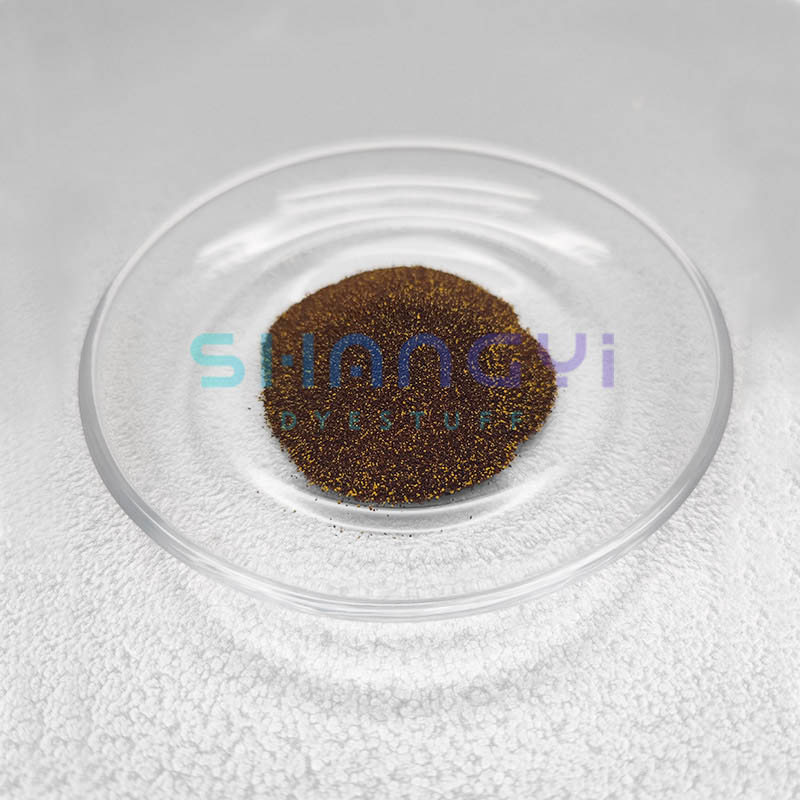Unraveling the Manufacturing Process of Disperse Scarlet CSN
2024-03-07
Disperse Scarlet CSN, a vibrant synthetic dye renowned for its versatility and colorfastness, undergoes a complex manufacturing process to achieve its distinctive properties. Understanding how Disperse Scarlet CSN is synthesized provides insights into its chemical composition and production methods. In this blog post, we'll delve into the intricate process of manufacturing Disperse Scarlet CSN, shedding light on the steps involved and the science behind its creation.
1. Chemical Synthesis:
The manufacturing process of Disperse Scarlet CSN begins with the synthesis of its chemical components. These components typically include aromatic compounds and organic intermediates that undergo various chemical reactions to form the final dye molecule.
2. Selection of Raw Materials:
The selection of raw materials is crucial in determining the quality and properties of the final product. Manufacturers carefully choose starting materials and reagents based on factors such as purity, reactivity, and availability to ensure consistent and reliable production of Disperse Scarlet CSN.
3. Reaction and Formation:
The synthesis of Disperse Scarlet CSN involves a series of chemical reactions conducted under controlled conditions. These reactions may include condensation, oxidation, reduction, and other transformation processes that lead to the formation of the desired dye molecule.
4. Purification and Isolation:
Following the synthesis reactions, the crude product undergoes purification to remove impurities and by-products. Techniques such as filtration, crystallization, and chromatography are employed to isolate the pure Disperse Scarlet CSN dye molecule from the reaction mixture.
5. Quality Control and Testing:
Quality control measures are integral to the manufacturing process to ensure the purity, stability, and performance of Disperse Scarlet CSN. Samples of the synthesized dye are subjected to rigorous testing and analysis, including spectroscopic methods, chromatography, and colorimetry, to verify its identity and characteristics.
6. Formulation and Packaging:
Once the purity and quality of Disperse Scarlet CSN are confirmed, the dye is formulated into its final product form, which may include powders, granules, or liquid concentrates. The dye is then packaged into containers or drums, ready for distribution to customers in various industries.
7. Compliance with Regulations:
Manufacturers of Disperse Scarlet CSN must adhere to stringent regulations and safety standards governing the production and handling of chemical substances. Compliance with regulatory requirements ensures the safe and responsible manufacture, storage, and transport of Disperse Scarlet CSN.
8. Continuous Improvement and Innovation:
As technology advances and market demands evolve, manufacturers continuously strive to improve the efficiency, sustainability, and performance of the manufacturing process for Disperse Scarlet CSN. Research and development efforts focus on innovation, optimization, and the adoption of green chemistry principles to minimize environmental impact and enhance product quality.
In conclusion, the manufacturing process of Disperse Scarlet CSN involves a precise and intricate series of chemical reactions, purification steps, and quality control measures to produce a high-quality synthetic dye with exceptional colorfastness and versatility. By understanding the science behind its synthesis, we gain a deeper appreciation for the complexity and ingenuity involved in creating this essential component of various industries.



